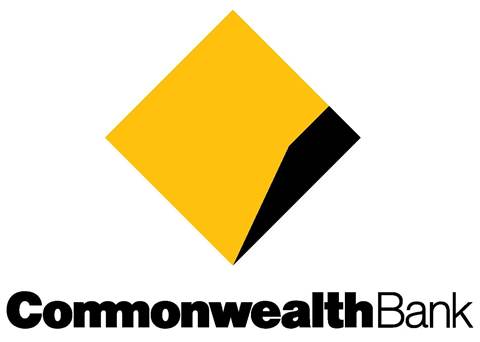How Commonwealth Bank got itself into such a mess

The banking royal commission has been full of horror stories. To some extent this is not surprising. Banks undertake millions of transactions per year so it is hardly surprising that there are some shockers in the mix. The Catholic Church and the Returned Services League have provided similar front page news stories over the last year. It is hard to tell from the Commission however just how systemic the issues are.
But the Australian Prudential Regulation Authority’s review of the Commonwealth Bank of Australia has provided a case study of some of the deep sources of the problems. It has found three core concerns:
The board and its audit and risk committees failed to provide appropriate governance, to ask appropriate questions and to seek appropriate information. Leadership was deficient at the highest level.
The second issue was that management did not pay sufficient attention to risk, compliance and internal audit issues, the priorities were too low and the information flows excessively massaged. Management approaches were excessively legalistic and defensive. There was a failure to take non-financial risk sufficiently seriously.
David Rowe
The third concern was that the executive committee was poorly focussed. Under the divisional structure of the organisation, senior executives took responsibility for ‘their’ businesses and did not ask difficult questions of one another. The culture was too accommodating.
There are lessons here for most corporations. As the federal Treasurer has pointed out boards must take their responsibilities seriously; risk, audit and compliance functions provide important organisational defences and should be seen in that way; and companies much find ways for executives to query one another without it being seen as undermining each other.
RISK
The question of how CBA got itself into this mess is important. For most banks financial risks are normally the most dangerous. Institutions which fail almost always do so because they were unable to obtain funding of their book, or they lent money to people and could not get it back.
What the panel found about CBA
What the panel found about CBA
Funding and credit risk are existential issues for banks. So, especially after the financial crisis, it is hardly surprising that the CBA board should have been deeply focused on financial risk.
Getting a strong voice for risk, compliance and audit at the table is hard in all banks and most institutions. We would all like for focus on the revenue raisers rather than the cost centres.
In football we focus much more attention on the goal scorer and much less on the fullback. In CBA the main concern about customers was around the eternally-measured customer satisfaction metric and much less on customer complaints. Most of the staff got bonuses on the Group performance on customer satisfaction. This was important for improving the overall customer service but clearly missed out on the early warning signals which come from complaints.
CBA moved to leadership amongst the major banks on the thing it measured, but clearly it distorted perceptions and practice.
The strong independence of the divisions, coupled with an unwillingness to challenge the heads of other divisions, also has a history.
Under David Murray there had been a lot of ill-will and uncooperative behaviour between the divisions of the bank. Ralph Norris changed that. He installed “trust and team spirit” as one of his core values. This had many positive ramifications for the institutions and divisions and service areas cooperated much more openly in achieving collective objectives. The bank’s performance improved markedly.
It seems however that this cultural value gradually morphed into one where it was seen as inappropriate to openly challenge one another around the executive table.
Trying to get this balance right is hard. The people sitting around the executive committee table inevitably see each other as competitors for the top job. Engaging them in constructive criticism will always be difficult. It seems as if CBA switched from an excessively critical executive culture to an excessively cooperative one.
Overall the review committee has done Australia a service. It has used CBA as a case study in how boards of directors should operate and provided lessons about how some important problems might be avoided. It also provides some guidance to the royal commission about how to address some of the concerns it has raised.
The new chair of the CBA board can take some comfort from the general view of the review panel that structures and practices have already improved under her stewardship. The report also provides a lot of specific guidance to the new CEO as to what needs to change and how it should be done.
